Below is the detailed history of the Whitechapel district, a vibrant city full of culture, colors and traditional pubs with curry houses. There is a huge market for Asian foods, English fashion, and home decor items. Let’s discuss how this place came into existence and its significant roots in the Victorian Era.
Accounts of Whitechapel before the 19th Century
Historians believe the name Whitechapel may have come because of the stateliness of St. Mary’s church and the whitewash that was given to it by builders of the Middle Ages.
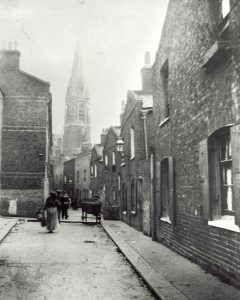
The main part of the city was and still is the Whitechapel Street. It is located near the Whitechapel of St. Mary’s Church. The earliest known head of this parish was Hugh de Fulbourne in 1329. After 9 years in 1338, this church became the main church or the cathedral and it was more commonly known as St Mary Matfelton.
‘Matfel’ is the Syrian or Jewish to ‘woman delivered a son’. Hence, it is believed that the church may have been dedicated to the Virgin Mary – the mother of Jesus Christ.
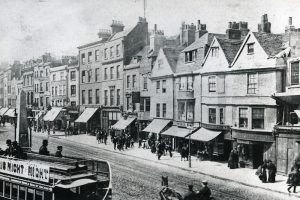
St Mary Matfelton was destroyed in the second world war. It then became a graveyard. Today, it is a public garden on the south side of the road. The Whitechapel street was then called the Roman Road. It created a link between the City of London and Colchester. The streets were full of inns and motels where travelers would reside for a day or two.
In 1572, the Act of Parliament ceased the passing of any travelers or explorers from the Aldgate to the Whitechapel Church. By the time of the 16th century, the Whitechapel was becoming a part of the City of London. Although, all the attractive places were in the main part of the city and this part of the Whitechapel only had breweries, foundries, and tanneries.
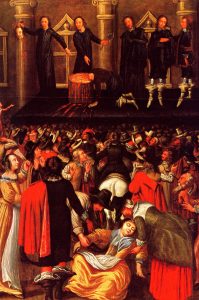
The Davenant Centre was opened in 1680 by the parish head of St Mary Matfelton of Whitechapel street. It was a center of education for white boys and girls of the parish. It still stands today under the name of Davenant Foundation school and is moved from Whitechapel to Loughton in 1966.
In the 17th century, precisely in the year 1711, the custody of the Whitechapel was taken by the principals and scholars of King’s Hall and College in Oxford. The Matfeltton Church records the burial of two important people – Richard Brandon and Richard Parker.
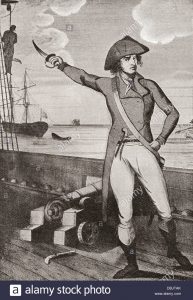
Richard Brandon was the Common Hangman of the 17th Century and is the executioner of King Charles I of England. Richard Parker was an English Sailor who was known for his leadership in the Royal Navy.
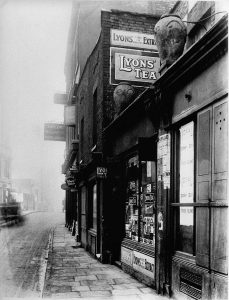
The Rosemary Lane was in Middlesex, Whitechapel towards the east of the tower of London. It was home to the people working on dredgers – a boat that can excavate bodies or sunk boats from the sea.
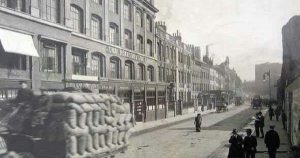
Watermen and lumpers – people handling cargos would live in this area. Today, Rosemary Lane is known as Royal Mint Street.
Whitechapel London During the 19th Century
The East End of the Whitechapel included popular areas like Stepney, Limehouse, Aldgate, Wapping and some others. These areas were overly crowded and experienced poverty. It was a thorough representation of Charles Dicken’s novels that described poor social conditions of England.
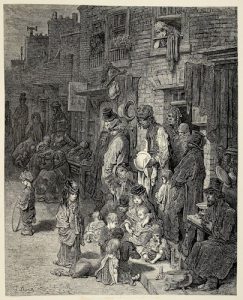
A statue of William Booth stands on Whitechapel Road until today. The statue is a tribute to him and his missionary work of helping the poor.
In 1865, William Booth started a Christian Revival Society preaching the gospel in a tent at Thomas Street in Whitechapel. In 1878, it came to be known as the ‘Salvation Army’.
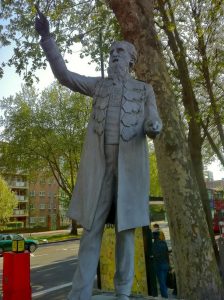
During the Victorian Era, there was a lot of immigration from Israel and Ireland making the population of the Whitechapel grow more. During this period, this part of London experienced high poverty which drove many women into prostitution.
In 1888, there was an estimate of 62 brothels with more than 1200 prostitutes working to satisfy their hunger.
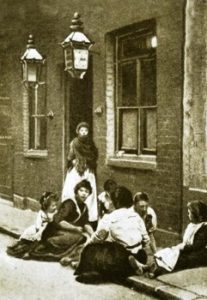
There was a man named Joseph Merrick in the Whitechapel, popularly known as ‘Elephant Man’. He had a disfigured face which amused people.
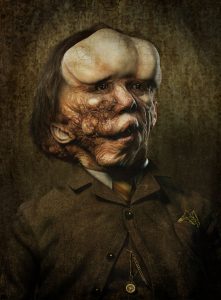
He was exhibited on the Whitechapel Road until a gentleman called Dr. Frederick Treves decided to help him and gave him shelter at the Royal London Hospital.
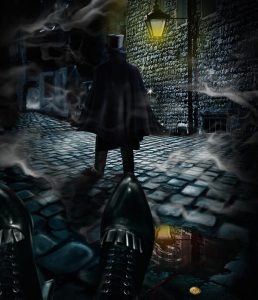
Due to conditions like increasing poverty, population and occupations like prostitution gave rise to several murders that have been unsolved to date. Some of them were committed by a serial killer “Jack the Ripper”. Stories amongst locals are popular even today.
Whitechapel London During the 20th Century
In 1902, a book called ‘The People of Abyss’ was published by Jack London wherein he wrote about his life in East End of London. He spoke about how he had to sleep on the streets and live in warehouses.
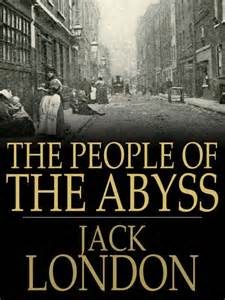
At this time, Winston Churchill was the Home Secretary. He took over one of the Police operations on the Sydney Street. His commanding attitude and diplomatic behavior were applauded by all departments at the time.
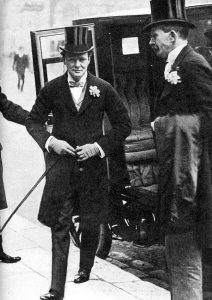
The revolutionary, Freedom Press was founded in 1886 by Charlotte Wilson in Whitechapel High Street. Throughout the 20th century, the power of words was being used to fight social conditions such as poverty, homelessness, exploitation of workers, prostitution and infant mortality in Whitechapel and then gradually in the rest of London.
Writers and revolutionists like Errico Malatesta, Emma Goldman, Jean Grave who were international gave their insights into the Freedom Press. They also participated in discussion groups and rallies.
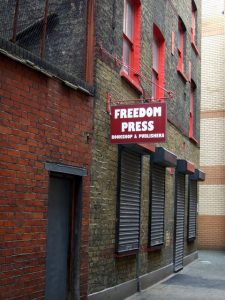
Between 1940 and 1941, the Germans attacked Britain by bombing London. This incident was called the ‘Blitz’. Whitechapel suffered greatly during this period. It was during the Second World War.
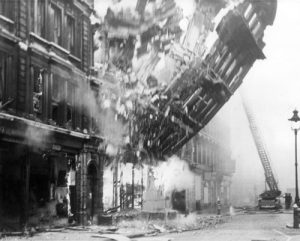
A major effect of immigration in Whitechapel came to be shown in the 20th century. There was a high Jewish population in the East End of Whitechapel. During the Battle of Cable Street, they marched wearing black uniforms representing the British Union of Fascists.
London Whitechapel in the Present Day
Today, Whitechapel is an important part of London. There are tourists visiting from all over. Even today, there is a high population of Asian immigrants particularly, Bangladeshi Britishers.
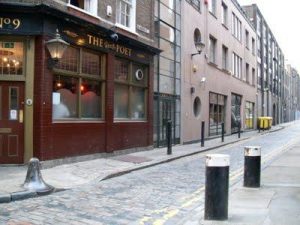
There are great infrastructure and rail routes. The Docklands Light Railway and London, Tilbury South End Railway pass through Whitechapel.
More Info On- Victorian Era Derby Day, London Streets, Elizabeth Garrett Anderson